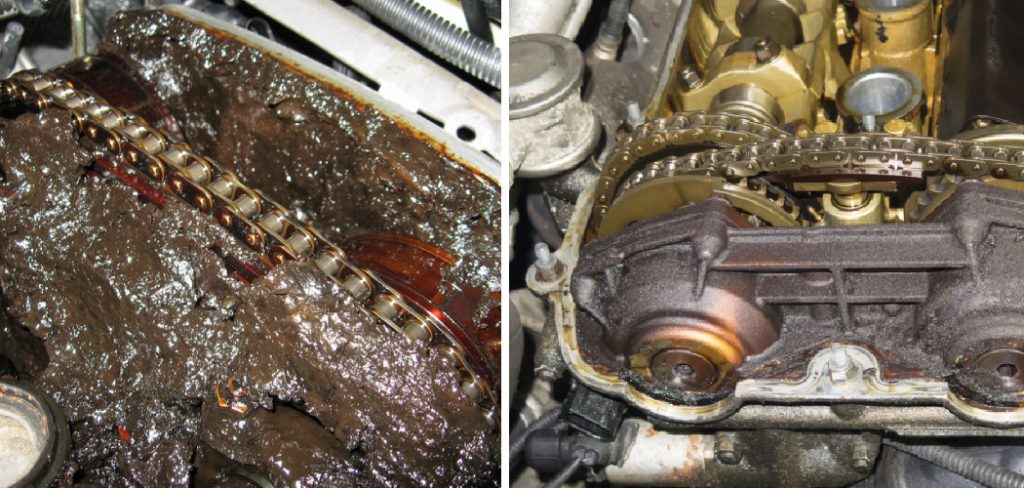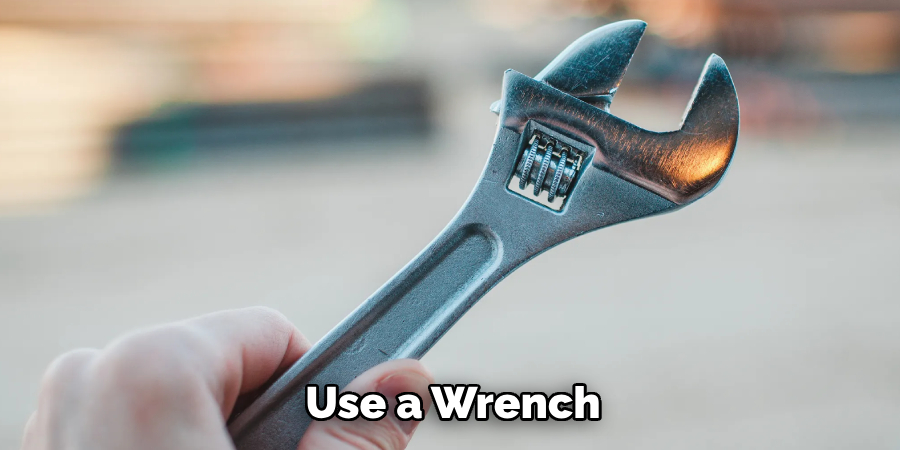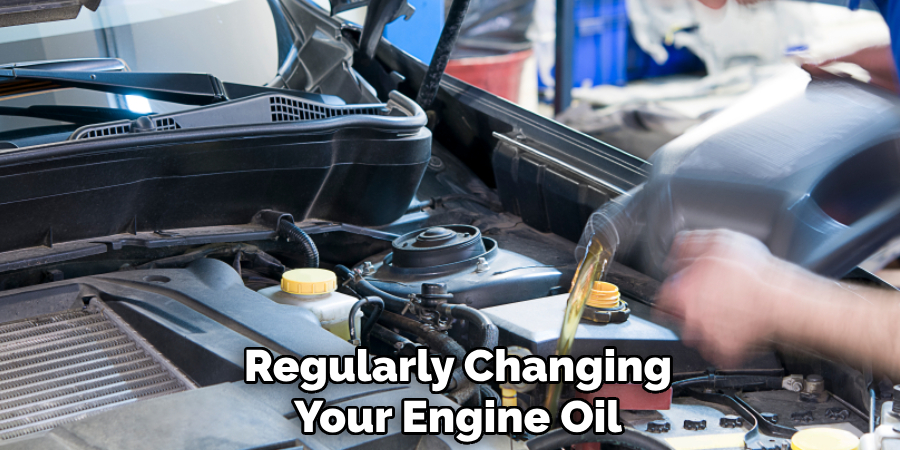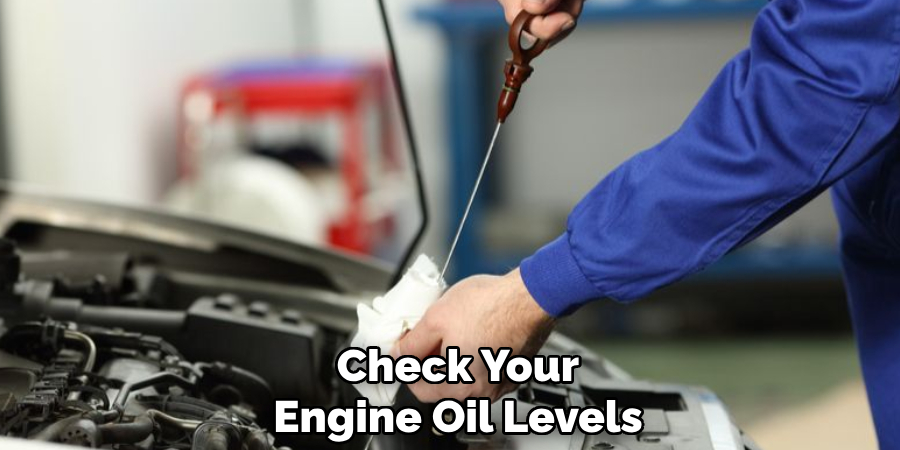Do you drive a car that is over ten years old? Are you having problems with your car’s engine oil sludge? If so, you’re not alone! If so, it’s likely to have some oil sludge build-up. Oil sludging is a common problem that affects many drivers and can exponentially decrease fuel efficiency, hurt performance, clog pistons and valves, and eventually lead to an expensive repair.

This sticky accumulation of oil and other particles can be a very destructive force for your engine. It can decrease performance, but the condition could eradicate the engine if left untreated!
Fortunately, there are ways to avoid – or at least reduce – this buildup if caught early enough. Lucky for you, there are several steps you can take to help combat this troublemaker before it causes too much damage. In this blog post, we’ll explain exactly what those steps are and guide you through how to fix oil sludge in your vehicle.
We’ll discuss what causes oil sludge formation in engines, how to identify it before it takes hold of your vehicle’s system, and the best methods to fix it. Whether you’re noticing the thickening of oil or hearing loud noises from under the hood while driving around turns – read on for advice! So read on how to fix oil sludge to keep your car running smoothly and ensure its longevity in the long run!
Necessary Items
Before diving into the steps to fix oil sludge, let’s ensure you have all the necessary items on hand. This will save you time and stress when working on your car. So gather up the following:
- A quality engine flush solution (preferably a synthetic product)
- An oil filter (with copper sealing washer) and new oil for replacement
- A wrench or socket set
- A funnel
- Disposable gloves
- An oil pan or container to catch the old oil
- Clean rags or paper towels for wiping up spills
10 Steps on How to Fix Oil Sludge
Step 1: Identify the Problem
The first step in fixing oil sludge is identifying that you have this issue. Some common signs of oil sludging include:
- Thick, dark, and gritty oil
- Check that the engine light is on
- The engine is making strange noises
If you’re experiencing these symptoms, it’s time to take a closer look under the hood.
Step 2: Gather Supplies
As mentioned above, ensure you have all the necessary items to fix the issue. You can purchase an engine flush solution and other supplies at your local auto parts store.
Step 3: Prepare Your Car
Ensure your car is parked on a level surface and the engine completely cools down. You want to avoid working with hot oil!
Step 4: Drain Old Oil
Place the oil pan or container under the drain plug and use a wrench or socket set to loosen it. Remove the plug and allow the old oil to drain completely. Be sure to dispose of the old oil properly.

Step 5: Replace Oil Filter
Remove the old oil filter and replace it with a new one. Make sure you have a copper sealing washer in place as well.
Step 6: Add Engine Flush Solution
Follow the instructions on your chosen engine flush solution and add it to your engine through the oil filler cap.
Step 7: Run the Engine
Start your engine and let it run for the specified time on the engine flush solution bottle. This will help break down and remove any sludge buildup in your engine.
Step 8: Drain the Flush Solution
Once you’ve run the engine for the designated time, drain out the flush solution as you did with the old oil.
Step 9: Refill with New Oil
Once the flush solution has been drained, replace the drain plug and add new oil to your engine. Ensure you’re using the correct type and amount of oil for your vehicle.
Step 10: Dispose of Old Fluids
Properly dispose of the old oil and engine flush solution at your nearest auto parts store or recycling center. Do not pour these fluids down the drain or in the trash.
In conclusion, oil sludge is a common issue that can be easily fixed with the right tools and steps. Regularly changing your engine oil and using high-quality products can help prevent sludge buildup. However, if you experience this problem, following these ten steps to fix oil sludge will have your car running smoothly again in no time.

Always properly dispose of old fluids and recycle them whenever possible to protect the environment. Keep your car well-maintained, and it will continue to serve you for years! So don’t wait until it’s too late; take action now and save yourself from costly repairs in the future.
8 Tips for Preventing Oil Sludge
Now that you’ve successfully fixed oil sludge in your car, here are some tips to help prevent it from happening again:
1. Change Oil and Filter Regularly
Follow your car manufacturer’s recommended oil change schedule, and always use a quality filter. This will help prevent sludge buildup over time.
2. Use Quality Fuel
Lower-quality fuel can contribute to oil slugging, so ensure you use high-quality gasoline for your vehicle. Look for reputable brands and avoid filling up at gas stations with dirty or old tanks.
3. Park in the Shade or Garage
Extreme heat can cause oil to break down faster, forming sludge. Park your car in the shade or garage to keep it cooler.
4. Check Engine Oil Levels
Regularly check your engine oil levels to ensure they are not low. Low levels can cause accelerated wear and tear on your engine, leading to sludge formation.

5. Avoid Short Trips
Frequent short trips without giving the engine enough time to warm up can also contribute to sludge buildup. Try to combine errands or plan longer drives to give your engine time to reach its ideal operating temperature.
6. Keep Engine Cool
Ensure your car’s cooling system works properly, and keep an eye on the temperature gauge. Overheating can cause oil to break down and create sludge.
7. Use Synthetic Oil
Synthetic oil is less prone to sludging than conventional oil, so consider switching if experiencing frequent issues.
8. Regularly Inspect the Engine for Leaks
Check your engine regularly for any signs of leaks and address them promptly to prevent further damage.
Oil sludge can be a major headache for car owners, but it doesn’t have to be. By following the steps outlined in this post, you can successfully fix any existing sludge buildup and prevent it from happening in the future. Regularly check your engine oil levels, use high-quality fuel, and follow your manufacturer’s recommended maintenance schedule for a smooth-running car that will last you for years.
Frequently Asked Questions
Can I Use an Engine Flush Solution on a High-mileage Vehicle?
Yes, but it’s important to follow the instructions carefully and consider using a milder solution for older vehicles. Consult with a mechanic or auto parts store for recommendations.
How Often Should I Change My Oil?
This depends on your specific vehicle and driving habits, but the general recommendation is every 3,000 to 5,000 miles. Check your owner’s manual for more precise guidelines.
What if I Have Persistent Oil Sludge Issues?
If you’re experiencing frequent oil sludge buildup, it could indicate a larger problem with your engine. Consult with a mechanic for a thorough inspection and potential repairs. Regular maintenance and preventative measures can help prevent stubborn oil sludge issues.

Can I Use a Different Type of Oil to Prevent Sludge?
Some oils may claim to be better at preventing sludge buildup, but ultimately, it’s important to use the type and viscosity recommended by your car manufacturer. Consult a mechanic or check your owner’s manual for the best oil for your vehicle.
What is the Best Oil to Prevent Sludge?
There is no one “best” oil to prevent sludge, as it can vary depending on your car’s make and model. However, using a high-quality synthetic oil with the proper viscosity for your vehicle is generally recommended. Consult with a mechanic or check your owner’s manual for specific recommendations.
How Can I Tell if My Car Has Oil Sludge?
Signs of oil sludge include a thick, dark substance on the engine’s components, diminished engine performance, and increased oil consumption. If you suspect your car has oil sludge, it’s best to consult a mechanic for an inspection and potential solution. Overall, staying on top of regular maintenance and following preventative measures can help prevent and address any oil sludge issues in your car.
So don’t wait until it’s too late; take action now to keep your engine running smoothly and avoid costly repairs in the future.
What Chemical Removes Oil Sludge?
Various engine flush solutions on the market can help remove sludge buildup in your engine. Follow the instructions carefully and choose a reputable brand for best results. Regular oil changes and maintenance can also prevent and remove sludge buildup in your engine. Focusing on high-quality fuel and following recommended maintenance schedules can also help keep your engine running smoothly and prevent sludge formation.

Overall, following proper maintenance and checking for signs of sludge can help keep your car running smoothly and avoid costly repairs in the long run. So be proactive and care for your engine to ensure a reliable and efficient ride.
Conclusion
Oil sludge can be a frustrating and potentially damaging issue for car owners. Still, by following these steps and tips on how to fix oil sludge, you can effectively fix and prevent it from happening in the future. All vehicle owners should have a detailed understanding of oil sludge and its dangers, as it can potentially cause significant damage to engines.
Knowing the warning signs can help individuals take preventative measures and preemptively fix any problems. Being proactive is key when addressing this issue; if your car shows signs of oil sludge, don’t delay finding a solution.
To ensure the problem is adequately addressed, we suggest consulting with a certified mechanic or technician who can safely diagnose and repair the vehicle with the right products, tools, and expertise. These steps allow you to keep your vehicle running smoothly for many years! Regular maintenance and proper care are key to running your engine smoothly and avoiding costly repairs.
Remember always to follow your car manufacturer’s recommendations and consult with a professional if you have any concerns or persistent issues. So, maintain your car properly to avoid any unfortunate experiences in the future!
